
Lardo di Colonnata IGP storia, come si prepara e come mangiarlo
Lardo di Colonnata is a specialised, cured lard that in 2004 earned the prestigious IGP status — protected geographical indication (PGI). Lardo is obtained from lard located on the back of the pig, which is cut into large pieces, weighing about 7 kg each, and then placed into Carrara marble basins to mature..

LARDO fatto in casa tecnica che prende spunto dal Lardo di Colonnata
Driving up to Colonnata is an experience in itself. This is a part of Tuscany that most of the locals don't know very well. Places where the intrepid travellers venture for the famous marble caves and the Tuscan super-delicacy that is the lardo di Colonnata (cured pig fat). The narrow road that weaves up from Carrara into the Apuan Alps.
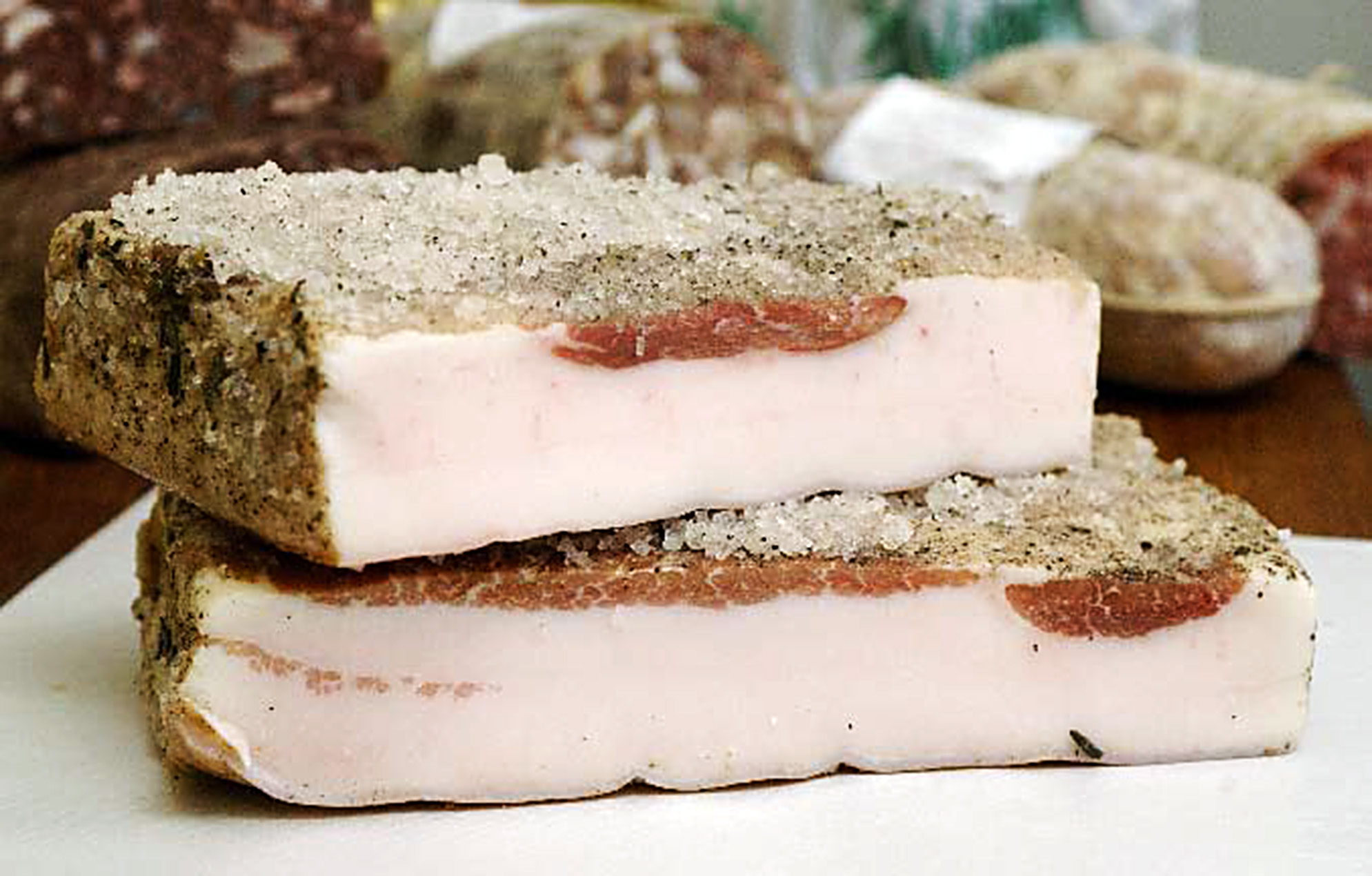
Lardo di Colonnata, het witte goud van Toscane Cosiddetto
The two most popular types of lardo come from Northern Italy. This includes the Arnad variety from the Aosta Valley (via La Cucina Italiana) and the Lardo di Colonnata, which hails from the village of Colonnata in Tuscany near the Apuan Alps (via Great Italian Chefs).Some might say that Lardo di Colonnata is one of the most highly coveted types of lardo on the market today.
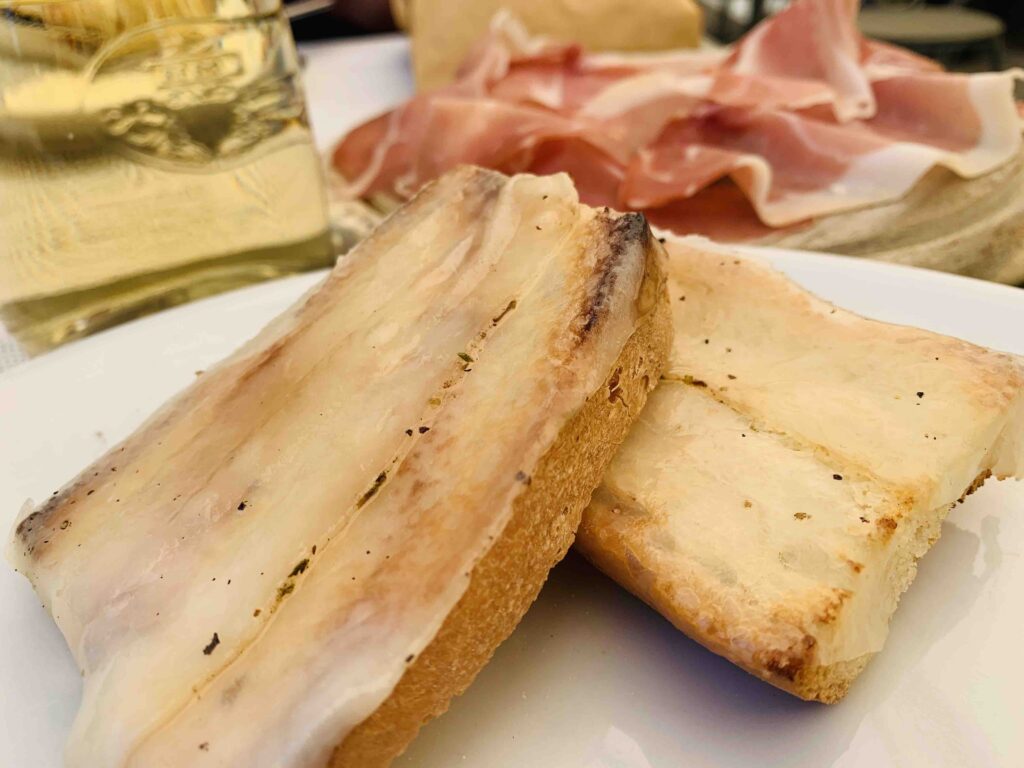
Lardo di Colonnata, het witte goud van Toscane Cosiddetto
Lardo di Colonnata is rubbed with a curing mixture of salt, pepper, rosemary and garlic, but some makers add other flavourings too, like oregano, coriander, cloves or nutmeg. Lardo is, in essence, cured pork fat. The lard is taken specifically from the back of the pig and cured in a marble basin with a mixture of salt, pepper, rosemary and garlic.

IL LARDO DI COLONNATA, ANCHE MICHELANGELO NE ERA GHIOTTO MangiareBuono
Instructions. Mix all ingredients (except pork) together to create the cure mix. Place pork in cure mix and distribute evenly. Place into a black plastic garbage bag. Set in a container to hold in fridge for six months. Each month redistribute cure over the pork, ensuring all sides are covered with cure.
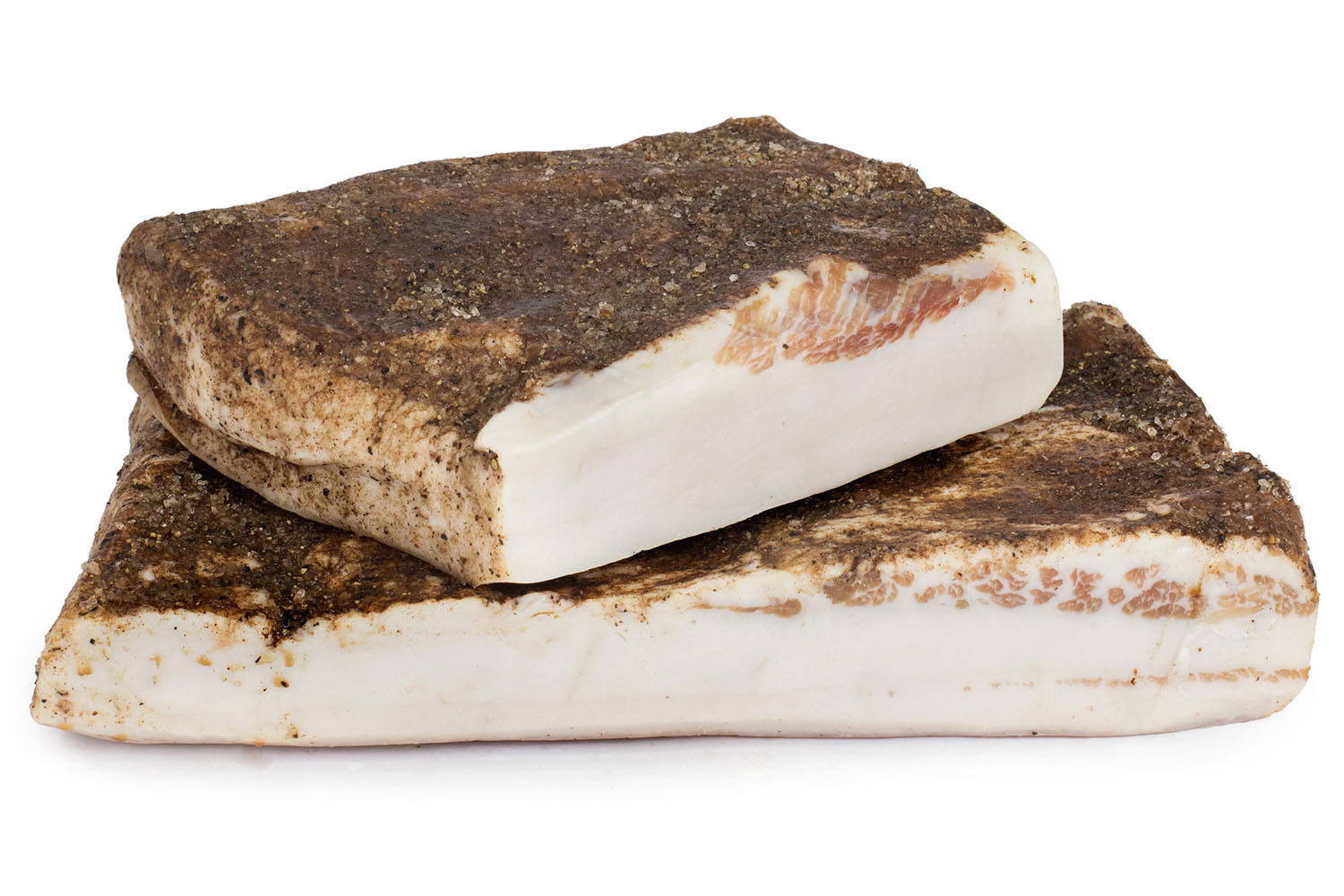
Lardo di Colonnata IGP Ricette Descrizione Storia Caratteristiche
Lardo di Colonnata PGI. In Colonnata, in the province of Massa-Cassara, lard has always been made. Here, every family, as in most of Italy until the 1950s had at least two pigs and lard was made at home, but it was above all a snack for the quarrymen and part of their food culture.
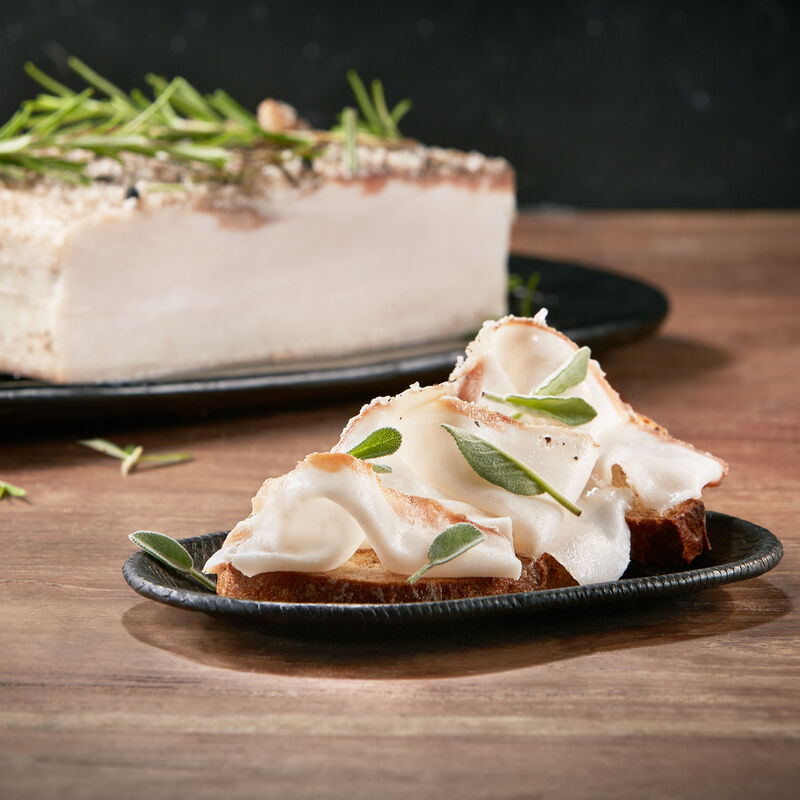
Lardo di Colonnata original délicieuse spécialité à l´origine
Lardo di Colonnata. Related Foods. Gastro Obscura. Mojama. Spain's salt-cured tuna is known as "the ham of the sea." Gastro Obscura. Salo. Usually, the only heat that gets close to this raw.

Lardo di Colonnata IGP Larderia Mafalda Passione Toscana
How the Lardo di Colonnata is made. The Lardo di Colonnata is so famous that many Italian producers try to copy it with bad results. It consists of curing strips of pork taken from the pig's back.Traditionally, producers from Colonnata cut the pork meat in January. The rectangular slices have a width of at least 3 cm and a weight between 250g to 5kg.
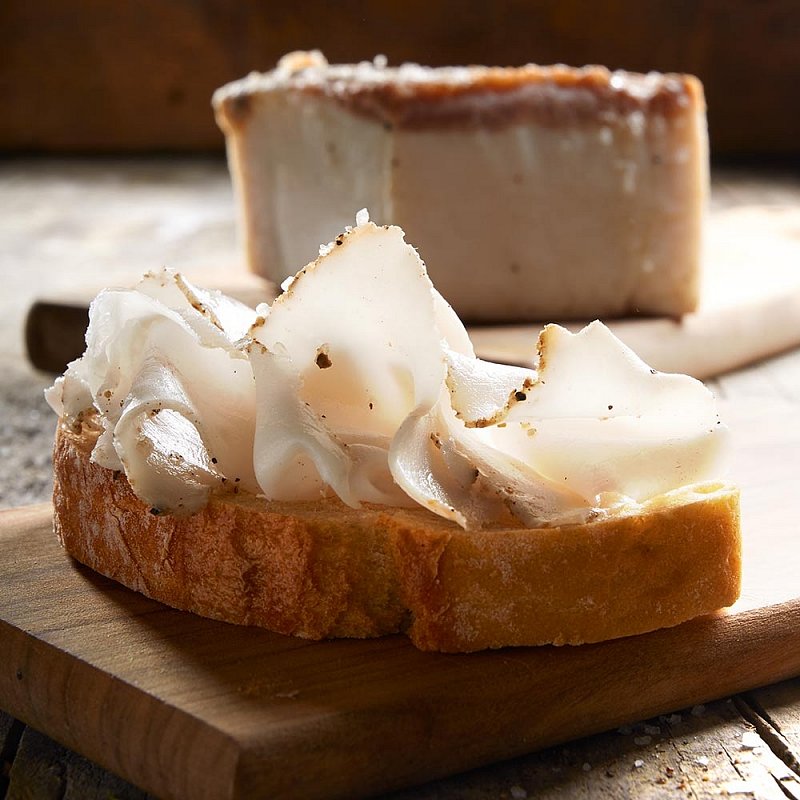
Lardo di Colonnata IGP Gustini Feinkost
Undoubtedly the most wonderful lardo (and the reason for talking about this exquisite food) is the famous Lardo di Colonnata, made using an ancient technique to preserve not just meat but the fat in the village of Colonnata, part of the greater town of Carrara in the north-western corner of Tuscany, near the Ligurian border. Sliced in super thin, practically transparent slices that melt on.
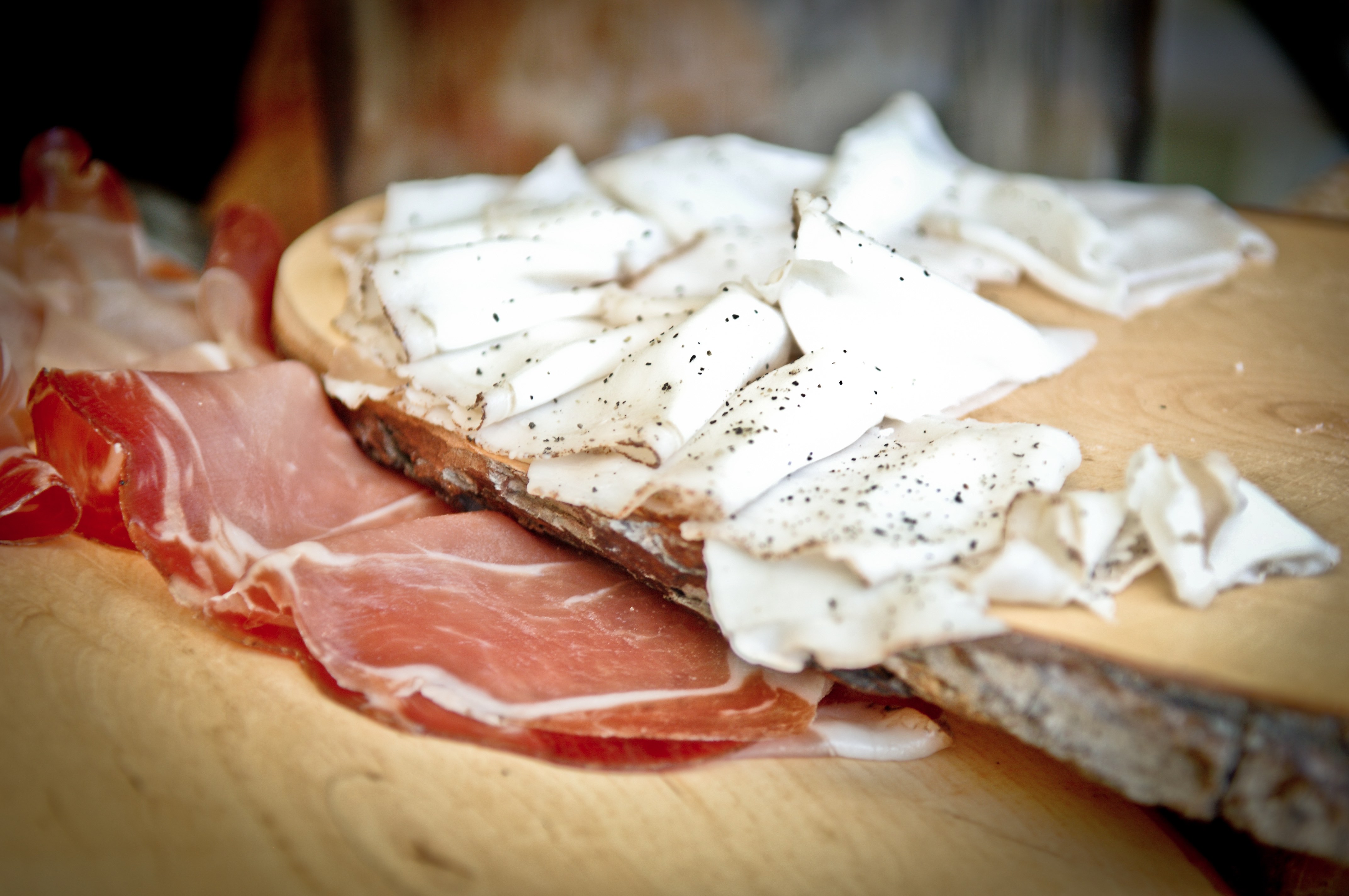
Lardo di Colonnata con Miele di Castagno di Molina Antica Molina
Lardo di Colonnata originates from the tiny hamlet of Colonnata in Tuscany which is situated 500m above sea level and around 8 km from the Marina of Carrara on the coast. The town is at the heart of the famous marble quarries near the Ligurian border and the local lardo kept the workers fed and nourished.

Lardo di Colonnata Delicious Italy
Throughout centuries lardo was important in Colonnata because it was a cheap source of calories for the men who mined the marble caves. Conveniently they were also able to store it there. In Colonnata it is cured for at least 6 months and while you can find it in many cities in Italy nearly all Italians agree that lardo di colonnata is the best .
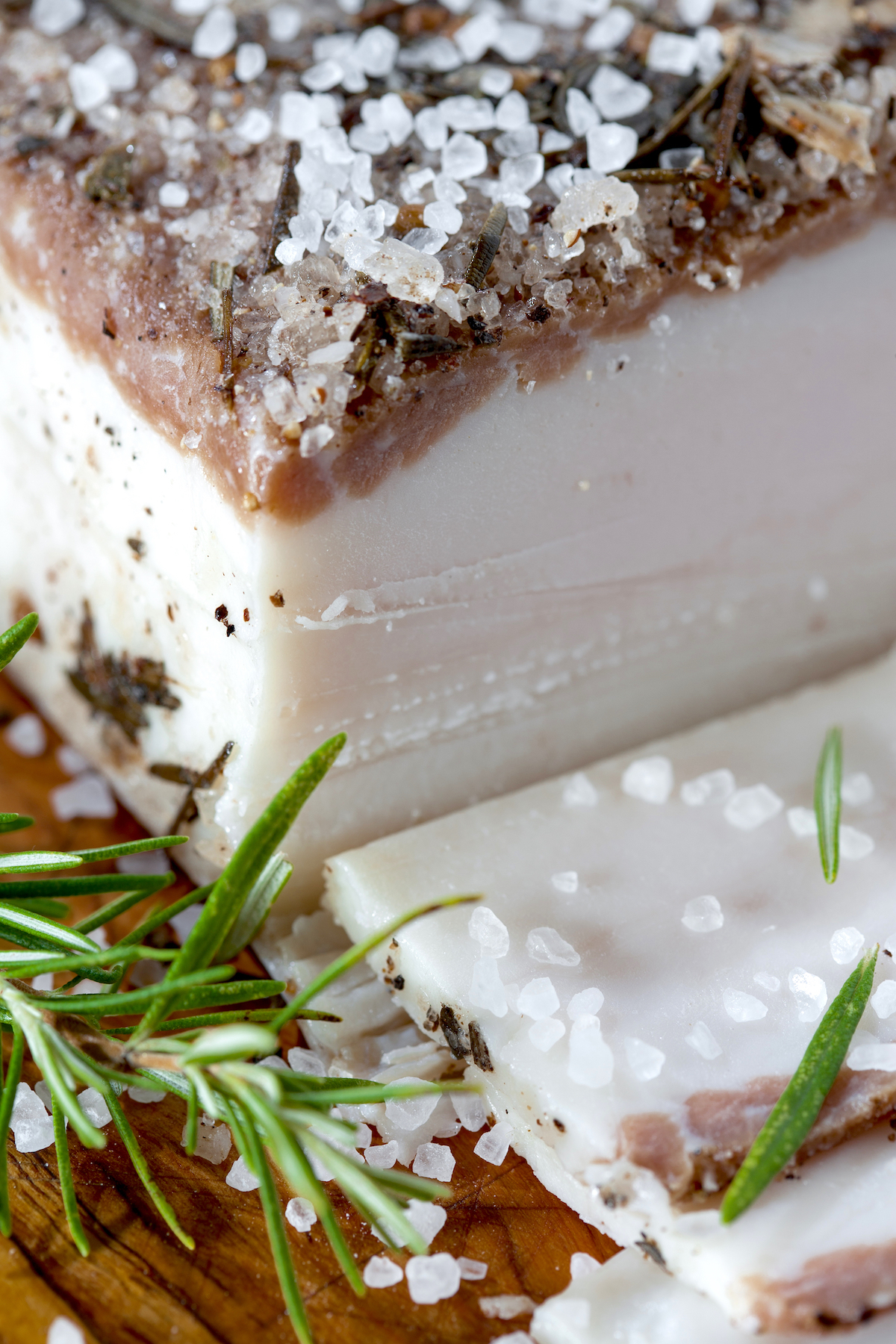
Lard de Colonnata
Brown the pancetta over medium heat in a frying pan. Reserve pancetta in a small bowl and pour off the rendered fat into a measuring cup, add extra virgin olive oil to make 1/4 cup. In the hot pan add balsamic. Scrape any bits stuck to the pan and reduce by 1/3. Add the fat/oil back to the pan and warm through.
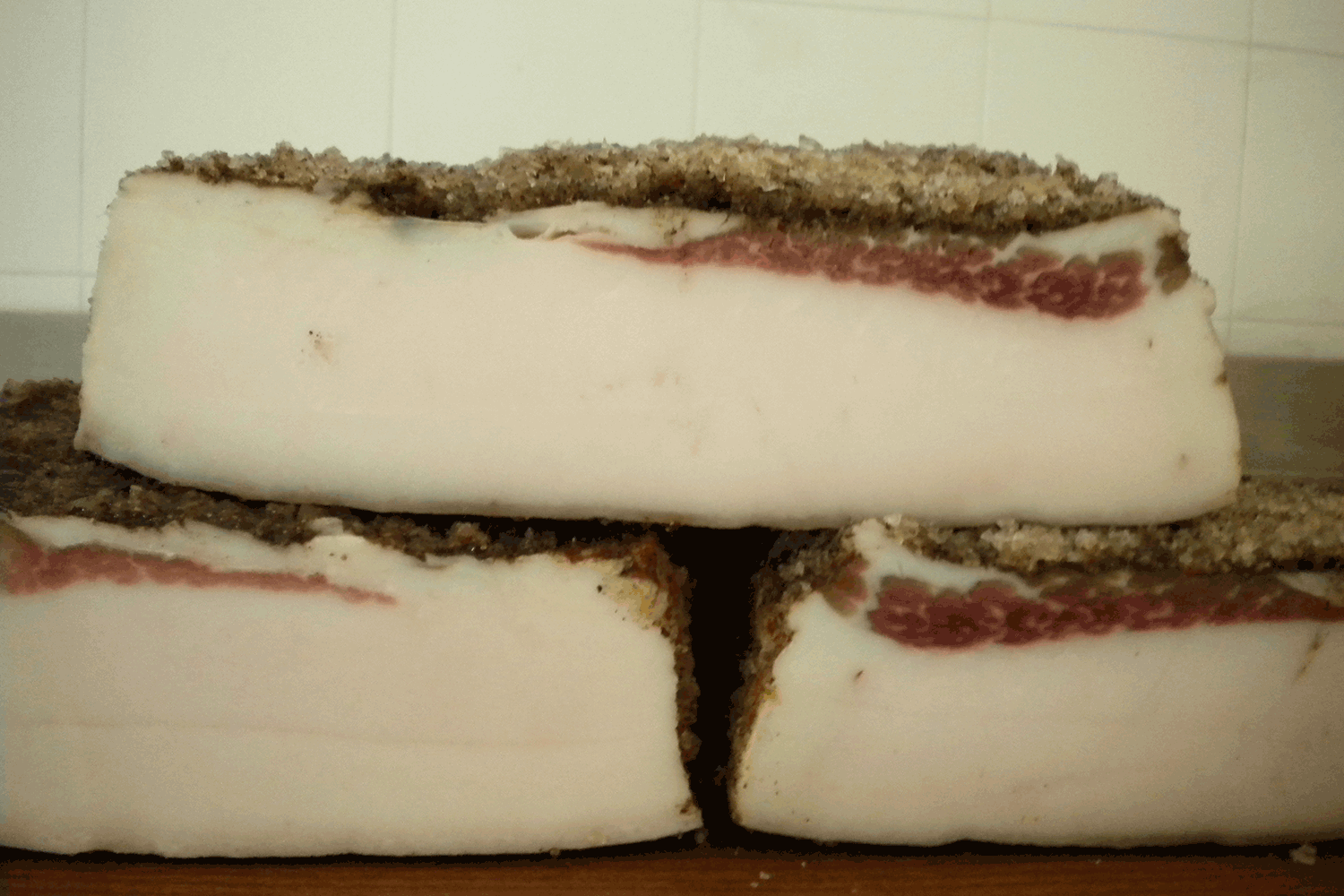
Le Lardo di Colonnata Franco Gullì
Lardo is a type of salume made by curing strips of fatback with rosemary and other herbs and spices. [1] Marble basin for curing lardo di Colonnata. The most famous lardo is from the Tuscan hamlet of Colonnata, where lardo has been made since Roman times. Colonnata is a frazione of the larger city of Carrara, which is famous for its marble.

C'è dell'arte nel lardo di Colonnata La Cucina Italiana
Lardo di Colonnata. Italy's most renowned raw, organic lard is first generously salted, then seasoned with pepper, rosemary, garlic and coriander, and finally aged for about six months in specially crafted canaloni - marble tubs. Lardo di Colonnata is made using only fatback, and produced in the Tuscan province of Massa Carrara, namely in.
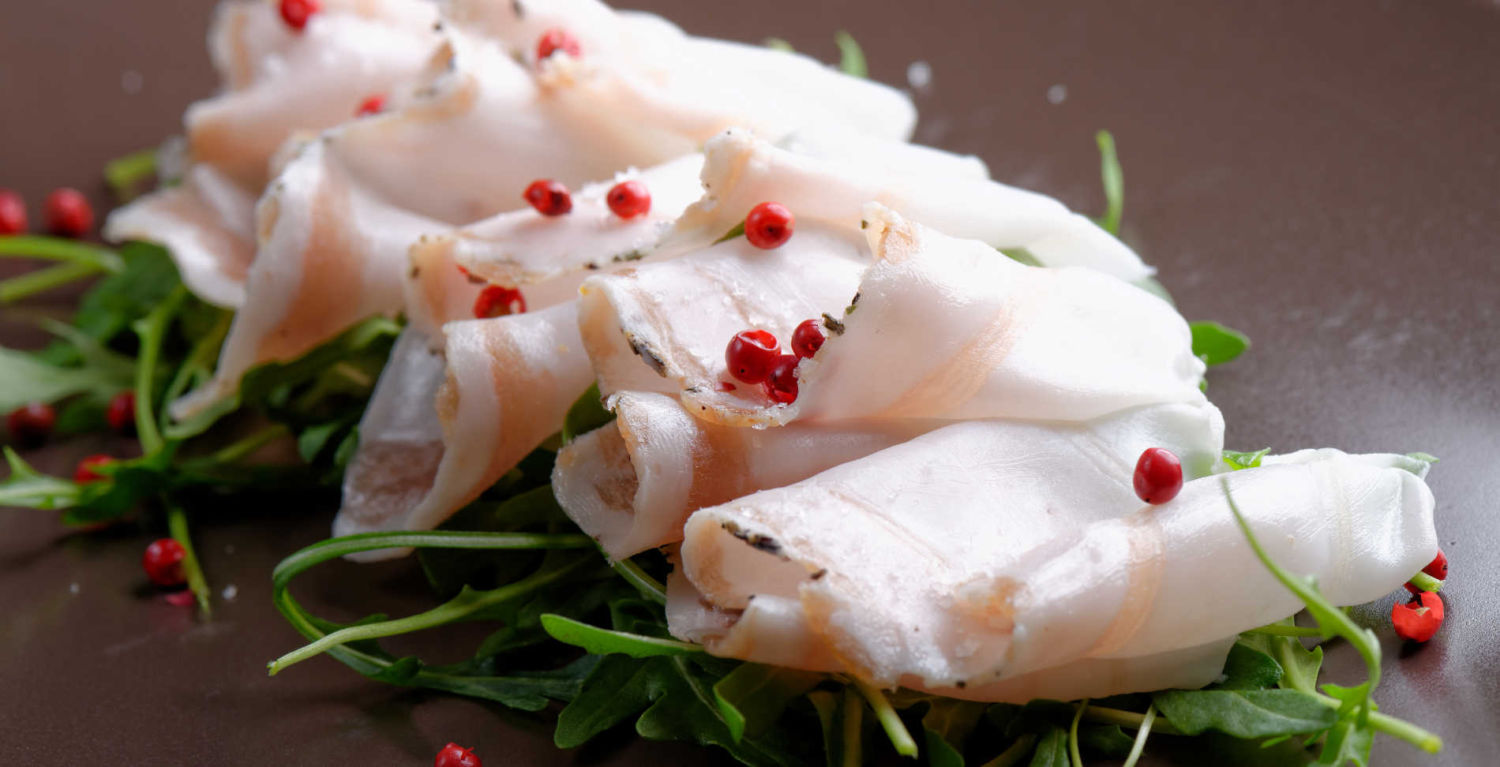
Il lardo di Colonnata il lardo più famoso nel mondo La Tua Italia
Lardo di Colonnata PGI generally has a rectangular shape with a thickness of at least 3 cm. The lower part is covered by pig rind, while the upper part is covered with salt, herbs and spices. There can be a streak of lean meat inside and its consistency is uniform and tender. It is white and slightly pinkish or brown in colour.
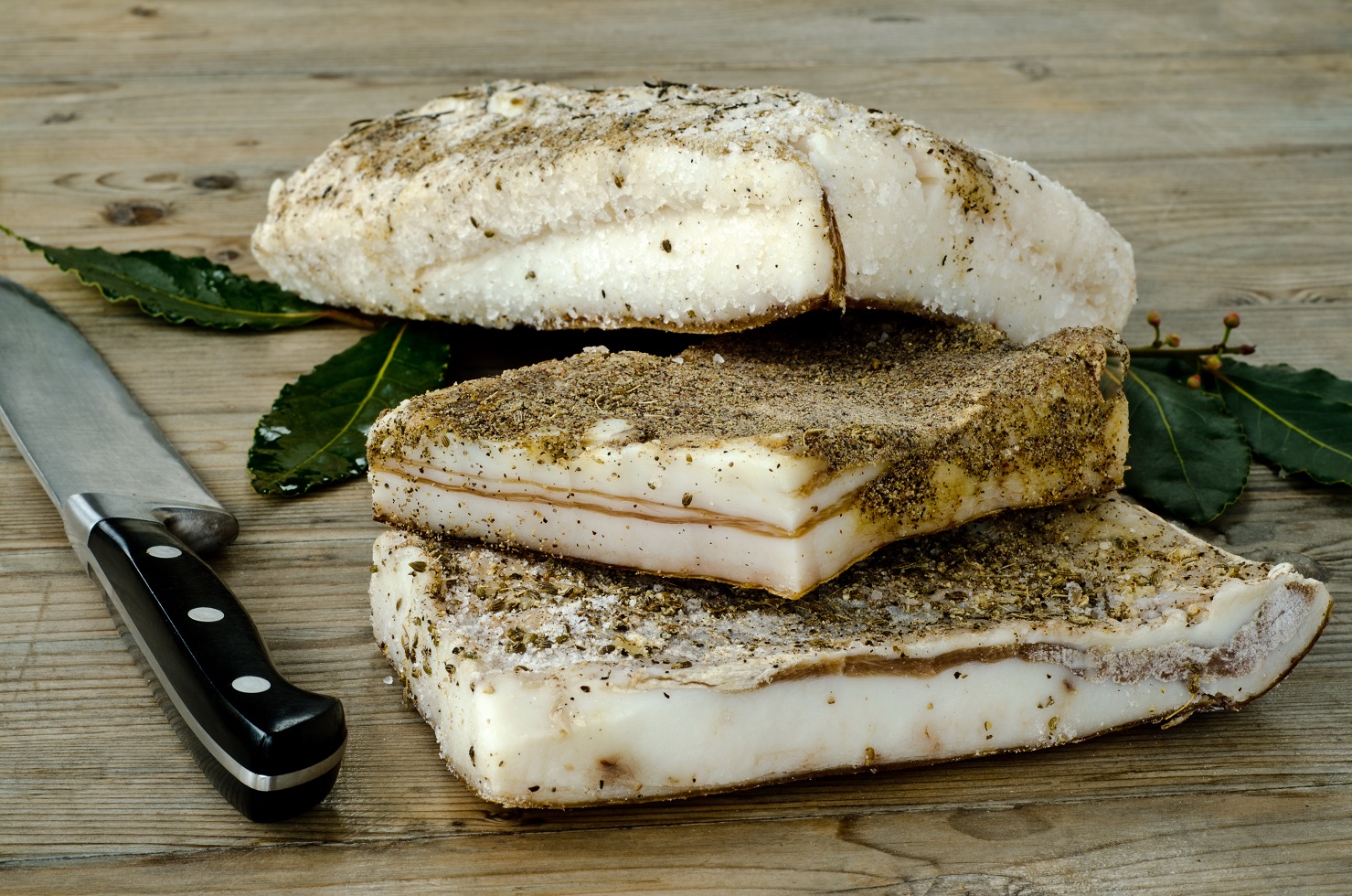
Lardo di Colonnata Italienische Küche Deutschland
The most famous lardo is from the Tuscan hamlet of Colonnata, where lardo has been made since Roman times. Colonnata is a frazione of the larger city of Carrara, which is famous for its marble and Colonnata's lardo is cured for months in basins made of this local marble. The pork back-fat is cut into strips and laid into chests of Carrara marble called 'conche' with sea salt, garlic, black.